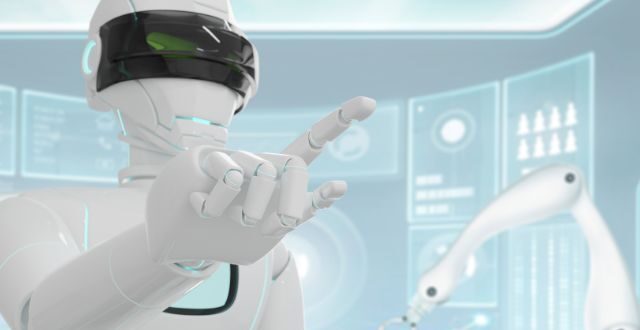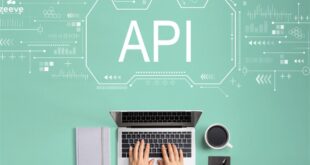Generative AI has emerged as a groundbreaking technology, revolutionizing various industries with its ability to create unique and innovative content.
In this article, you delve into the world of generative AI, exploring its potential and the cutting-edge tools and technologies that drive its advancements.
1. Understanding Generative AI
AI generator uses artificial intelligence algorithms to create original content, such as images, music, text, and more. Unlike traditional AI systems that rely on predefined rules and patterns, AI generators can generate new and creative outputs by learning from existing data. This technology utilizes machine learning techniques, neural networks, and deep learning models to analyze and understand patterns in data, enabling it to generate novel and realistic content.
2. Applications of AI Generator
AI generator finds applications across various industries, from art and design to healthcare and finance. In the art world, AI generator tools can assist artists in creating unique and visually captivating artworks. By leveraging the power of an AI generator, artists can explore new artistic styles, generate intricate patterns, and experiment with unconventional compositions. This technology allows artists to push their creative boundaries and discover new horizons.
In healthcare, AI generator holds great promise. It can be used to analyze medical data and assist in diagnosis, drug discovery, and treatment planning. By leveraging AI generator algorithms, healthcare professionals can unlock valuable insights from complex medical data and improve patient care.
3. Tools and Technologies Driving AI Generator
A wide range of tools and technologies contribute to advancing AI generators. One notable example is Generative Adversarial Networks (GANs), a framework consisting of two neural networks: a generator and a discriminator. The generator generates content while the discriminator evaluates its authenticity. GANs can generate increasingly realistic and high-quality outputs through an iterative training process.
Another key technology is Variational Autoencoders (VAEs), which enable the generation of diverse outputs by learning a compressed input data representation. VAEs find applications in image generation, text synthesis, and more, allowing for creative exploration and manipulation of content.
According to Adobe, “Generative AI frees you to explore, create and push boundaries, saving time for what’s meaningful.”
4. Challenges and Considerations
While AI generator offers exciting possibilities, it also comes with its own set of challenges and considerations. Ethical concerns, such as the potential misuse of generated content, privacy issues, and biases in the training data, need to be carefully addressed. Transparency and responsible use of AI generators are essential to ensure their positive impact and mitigate potential risks.
5. The Future of AI Generator
The future of AI generators is bright and holds immense potential for innovation and creativity. We can expect even more sophisticated AI generator models and tools as technology advances. The ability to generate highly realistic and personalized content will have significant implications for entertainment, marketing, and personalized user experiences. Moreover, AI generators will continue fueling advancements in fields like robotics, autonomous vehicles, and virtual reality, shaping how we interact with technology.
AI generator is a powerful technology that opens up new content creation and innovation possibilities. With cutting-edge tools and technologies, industries across the board are harnessing the power of AI generators to drive creativity, improve decision-making, and redefine the boundaries of what is possible. As you continue exploring AI generators’ capabilities, fostering responsible use and ethical considerations is crucial to ensure a positive and inclusive future.
 khamush.com Lifestyle | Motivation | Poems
khamush.com Lifestyle | Motivation | Poems



